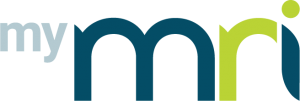Here at MRI Software, we take pride in not only giving our customers world-class experiences but also in empowering them with property management tools to provide their own clients with excellent services.
Continue reading “Why you should use utilities connection services with Property Tree”
 Clients of MRI Software are equipped with powerful tools that may not always get the attention they deserve. We’ve decided to break down the details of some of our most useful tools in the
Clients of MRI Software are equipped with powerful tools that may not always get the attention they deserve. We’ve decided to break down the details of some of our most useful tools in the